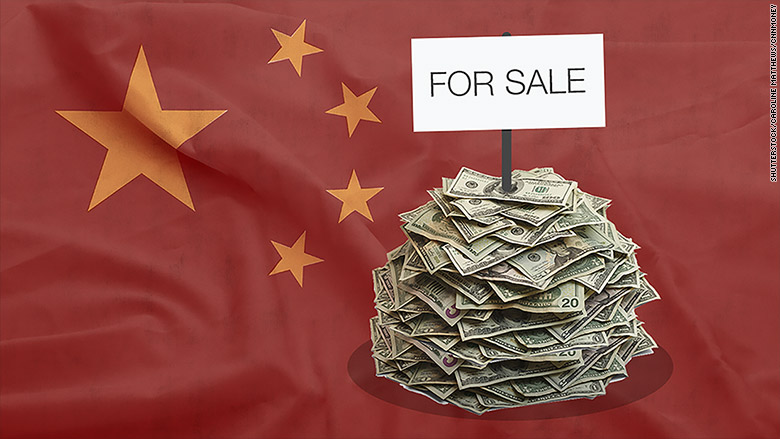Bank of Japan Governor Kazuo Ueda just dropped a truth bomb: the relationship between headline inflation and underlying, or ‘potential,’ inflation is about to become the defining challenge for central banks worldwide. Honestly, this isn’t groundbreaking, but hearing it directly from a major player like Ueda carries weight.

Photo source:insightsartist.com
We’ve been battling supply-side shocks seemingly non-stop – from pandemic disruptions to geopolitical tensions, and now, evolving energy crises. These shocks aren’t fleeting; they’re becoming distressingly regular.
What Ueda is highlighting is crucial. Headline inflation – the number we see in reports – is often the immediate reaction to these shocks. But potential inflation reflects more stable, demand-driven pressures.
Here’s where it gets sticky. Because if central banks react too strongly to temporary supply shocks, aggressively hiking rates, they risk choking off growth unnecessarily. Conversely, ignoring persistent supply issues risks embedding inflation expectations.
Understanding the Nuances of Inflation:
Inflation, at its core, occurs when the purchasing power of money falls. It’s a broad term, but it’s vital to distinguish between its types.
Supply-side inflation is driven by reduced production, like we’ve seen with energy and key materials. Demand-pull inflation arises from too much money chasing too few goods.
Central banks primarily target core inflation, excluding volatile items like food and energy, as a better indicator of the underlying trend. This is because it’s less susceptible to temporary shocks.
However, ignoring supply shocks entirely is perilous. They can influence expectations and ultimately feed into broader price increases. Central bankers must thread the needle – a truly daunting task in the current environment.
Ueda’s statement underscores a simple truth: navigating this new reality requires a far more sophisticated approach than simply slamming on the brakes. It needs foresight, flexibility, and a healthy dose of realism.






